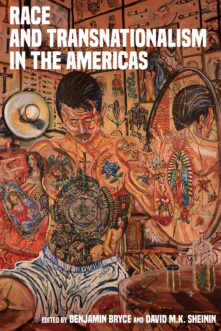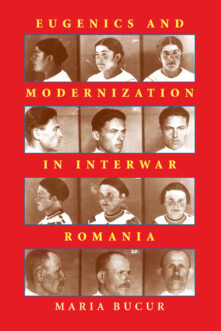Search Results
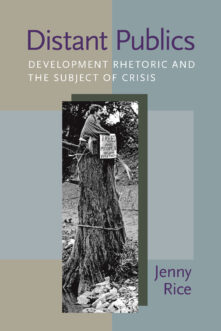
Distant Publics
Development Rhetoric and the Subject of Crisis
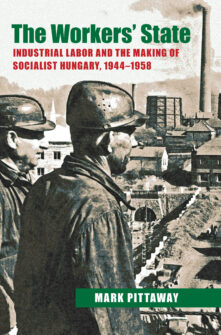
The Workers’ State
Industrial Labor and the Making of Socialist Hungary, 1944–1958
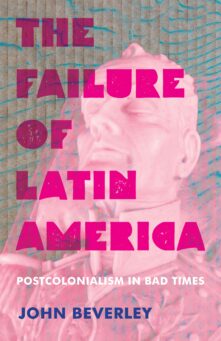
The Failure of Latin America
Postcolonialism in Bad Times
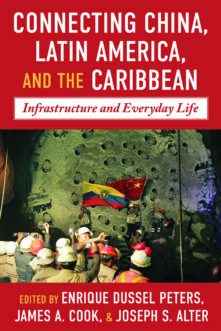
Connecting China, Latin America, and the Caribbean
Infrastructure and Everyday Life

In the Darkness of the Cinema
Gender and Moviegoing in Early Twentieth-Century Urban Brazil
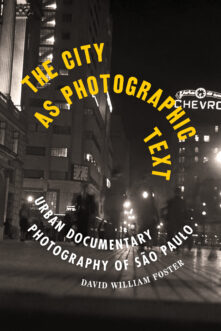
The City as Photographic Text
Urban Documentary Photography of São Paulo
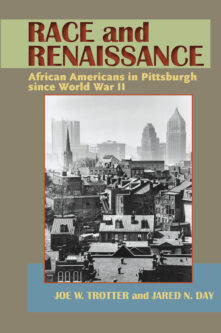
Race and Renaissance
African Americans in Pittsburgh since World War II
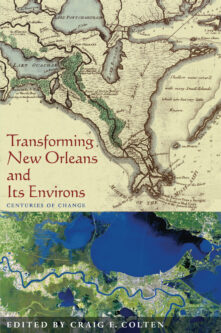
Transforming New Orleans and Its Environs
Centuries of Change

Literacy as Conversation
Learning Networks in Urban and Rural Communities
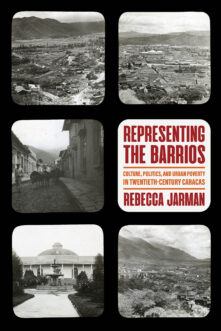
Representing the Barrios
Culture, Politics, and Urban Poverty in Twentieth-Century Caracas
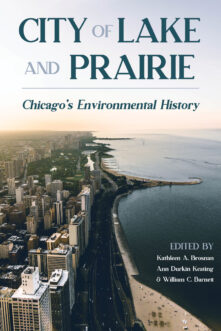
City of Lake and Prairie
Chicago's Environmental History
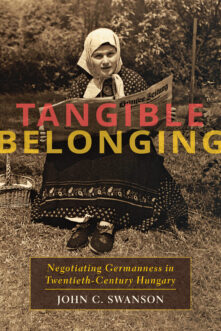
Tangible Belonging
Negotiating Germanness in Twentieth-Century Hungary
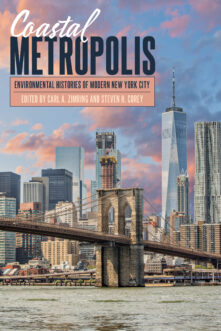
Coastal Metropolis
Environmental Histories of Modern New York City
Your search for "Urban Rivers %3A Re-making Rivers%2C Cities and Space in Europe and North America" returned 644 results


